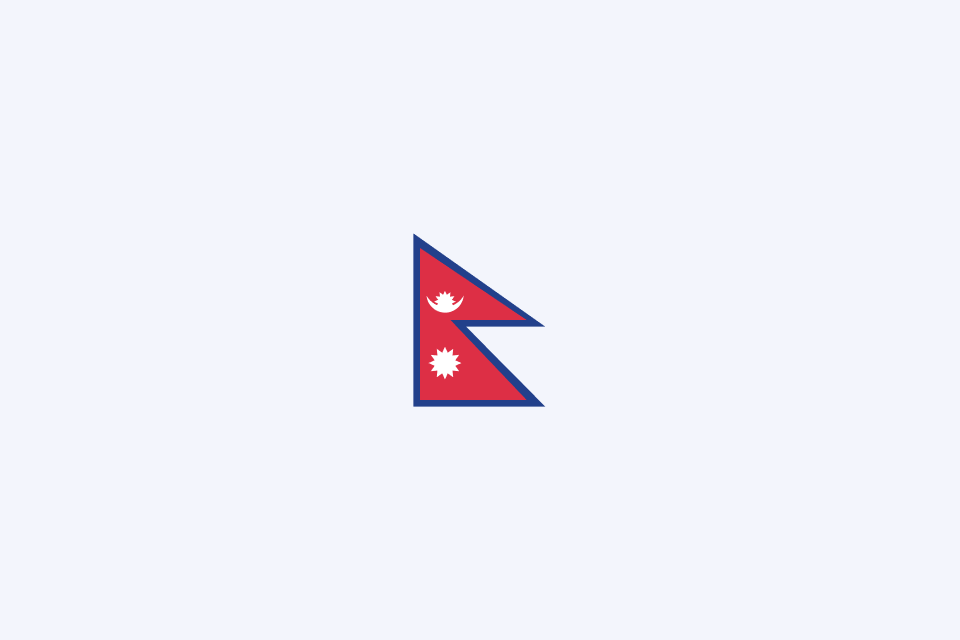Swahili: The Modern Face of East Africa's Lingua Franca

TABLE OF CONTENTS
Introduction: A Language That Connects East Africa
Kiswahili (often called Swahili in English) is one of the most widely used and regionally mobile languages in Africa. Born of maritime trade and cultural contact, it now serves as a practical bridge across communities and borders. It holds major official or national status in Tanzania, Kenya, Uganda, Rwanda, and the Democratic Republic of the Congo (DRC), is an official language of the East African Community (EAC), and since 2022 has been recognized as a working language of the African Union (AU). Combined native and second-language speakers are commonly estimated above 100 million.
This post follows the structure of our other language-intro articles and offers a clear, systematized view of this Bantu language: overview, history, writing and pronunciation, core grammar, learning roadmap, essential phrases, and tools.
Terminology tip: In Kiswahili, the language name takes the class prefix “ki-” (Kiswahili), while people take the class prefix “wa-” (Waswahili).
Language Overview: Where and How It Is Used
Kiswahili belongs to the Bantu branch of the Niger-Congo family. As a regional lingua franca, it spans the East African coast and the inland Great Lakes region, used in government, education, media, and everyday life.
| Country/Region | Status and Notes |
|---|---|
| Tanzania | National and official language; dominant in education and public services. Standardization led by BAKITA (Tanzania’s National Swahili Council). |
| Kenya | Co-official with English and a national language; pervasive in media and public life. |
| Uganda | Co-official with English; widely used in security forces and interethnic communication. |
| DRC | One of four national languages (with Lingala, Tshiluba, Kikongo); the eastern variety “Kingwana” is widely used. |
| Rwanda | Added as an official language since 2017 (alongside Kinyarwanda, English, French) to strengthen regional integration. |
| Burundi | Recognized for commerce and cross-border use. |
| Comoros | Shikomori (Comorian) is closely related to Kiswahili; co-official with Arabic and French. |
| Northern Mozambique, southern Somalia, etc. | Used as a trade lingua franca in some border areas. |
- Regional policy: EAC treats Kiswahili as an official language; AU designated it a working language in 2022.
- Dialects: Coastal varieties include Kiunguja (Zanzibar), Kimvita (Mombasa), and Kiamu (Lamu). Inland varieties in East Africa and the DRC differ in sounds and vocabulary. The standardized variety (Kiswahili Sanifu) is largely based on Zanzibar speech with modern orthographic unification.
Historical Arc: Trade, Contact, and Standardization
- Origins and contact: Kiswahili developed along the East African coast in sustained contact with Arabic-, Persian-, and South Asian-speaking traders. Many Arabic loanwords entered via trade, religion, and scholarship.
- Colonial and schooling eras: German and British administrations advanced standardization and brought Kiswahili into administration and schooling. After independence, countries like Tanzania expanded its national role through policy.
- Regional spread: As a bridge language, Kiswahili has supported post-conflict rebuilding in the Great Lakes region, refugee resettlement, and cross-border cooperation. Its media presence (radio, TV, online) and pop culture (e.g., Bongo Flava) keep broadening its reach.
Writing and Pronunciation: From Arabic Script to Latin
- Scripts: Historically written in Arabic script (Ajami); today a standardized Latin orthography is used and closely matches pronunciation.
- Alphabet and spelling: Latin letters with stable rules;
qandxare not used. Common digraphs includech(as in “church”),sh(as in “ship”),ng(final as in “sing”), andny(as in “canyon”). - Vowels: Five pure vowels
a e i o u, short and steady (similar to Spanish). - Stress: Typically penultimate (second-to-last syllable), e.g.,
ha-BA-ri(news/how are things). - Consonant notes:
gis always hard (as in “go”),ris a tap/flap, andjis as in “jam”.
Grammar Snapshot: Noun Classes and “Buildable” Verbs
Kiswahili is notable for its noun-class system and agglutinative verb structure.
- Noun classes (common pairs/examples):
m-/wa-(humans/animates):mtu(person) ->watu(people);mtoto(child) ->watoto(children)m-/mi-(plants/natural):mti(tree) ->miti(trees)ki-/vi-(objects/languages):kitabu(book) ->vitabu(books);Kiswahili(the Swahili language)ji-/ma-(mass/collective/augmentatives):jicho(eye) ->macho(eyes);gari(car) ->magari(cars)N-/N-(nasal class, often same form in sg/pl):nyumba(house/houses)- Locatives
pa-/ku-/mu-: spatial meanings like “at/on,” “to,” “in/inside” (e.g.,nyumbani, at home).
- Agreement: Adjectives, demonstratives, and verbal subject/object markers agree with the relevant noun class or person.
- Verb template (typical slots):
Subject marker + TAM + Object marker + Verb root + Derivational suffixes + Final vowel- Common TAM markers:
-na-(present/progressive),-li-(past),-ta-(future),-me-(perfect),hu-(habitual). - Examples:
Ni-na-ku-ona.-> I-PRES-you-see = “I see you.”Tu-ta-ku-tana kesho.-> we-FUT-reciprocal-meet tomorrow = “We will meet tomorrow.”- Negation often uses a negative prefix and final-vowel changes, e.g.,
Si-endi leo.(I am not going today.)
- Useful derivations:
-isha/-esha(causative),-wa(passive),-ana(reciprocal), making it easy to build rich meanings from the same root.
Learning Roadmap: From Zero to Conversation
- Sounds and letters: Start with the five vowels and common digraphs (
ch/sh/ng/ny); keep penultimate stress in mind. - High-frequency nouns and classes: Prioritize
m-/wa-,ki-/vi-,ji-/ma-and their agreement patterns. - Basic TAM and frames: Build mini-patterns with
-na-/-li-/-ta-/-me-around everyday verbs (go/come/see/want), persons (I/you/he-she), and slot in objects/places. - Balance input and output: Listen to news and radio (BBC, DW, VOA), do short shadowing and dictations, write daily micro-posts or chat messages.
- Use AI wisely: Check naturalness with an AI translator, back-translate to spot meaning drift, and progressively replace with native-like expressions and collocations.
Handy Phrases (with notes)
- Hello (sg/pl):
Hujambo? / Hamjambo?-> Replies:Sijambo./Hatujambo. - How are things?:
Habari?/Mambo vipi?-> Common replies:Nzuri./Poa. - Thank you:
Asante./ Thanks a lot:Asante sana.-> You are welcome:Karibu. - Sorry/Excuse me:
Samahani.; Empathy:Pole. - Yes/No:
Ndiyo./Hapana. - Please (request):
Tafadhali. - My name is …:
Jina langu ni ... - Where are you from? I am from China:
Unatoka wapi?—Ninatoka China. - I speak a little Swahili:
Ninaweza kuzungumza Kiswahili kidogo. - How much is it?:
Bei gani? - Goodbye/See you:
Kwaheri./Tutaonana.
Colloquial note: In Kenyan urban settings, the youth slang “Sheng” is common. In the DRC and Tanzania, regional varieties differ in vocabulary and sound. For cross-border contexts, prefer standard forms.
Resources and Tools
- AI translator for checking and polishing: OpenL Swahili Translator
- News and listening: BBC Swahili · DW Kiswahili · VOA Swahili
- Dictionaries: Kamusi Project · Glosbe EN–SW · bab.la EN–SW
- Courses and textbooks: FSI Swahili (public domain) · Duolingo Swahili (beginner)
- Orthography and language bodies: BAKITA (Tanzania National Swahili Council)
Conclusion
As one of Africa’s most influential cross-border lingua francas, Kiswahili carries the legacies of Indian Ocean exchange, independence-era nation-building, and contemporary regional integration. With transparent sound-letter mapping and orderly grammar, it rewards systematic study. Whether for travel, business, research, or cultural curiosity, this language opens a first door into East Africa.
Sources and Further Reading (selected):
- Wikipedia: Swahili language; Ethnologue (Swahili entry)
- East African Community language policy; African Union multilingualism policy (Swahili designated a working language in 2022)
- BAKITA orthography resources; BBC/DW/VOA Swahili services
- Historical overviews and materials: FSI Swahili; academic work in historical linguistics and regional studies


